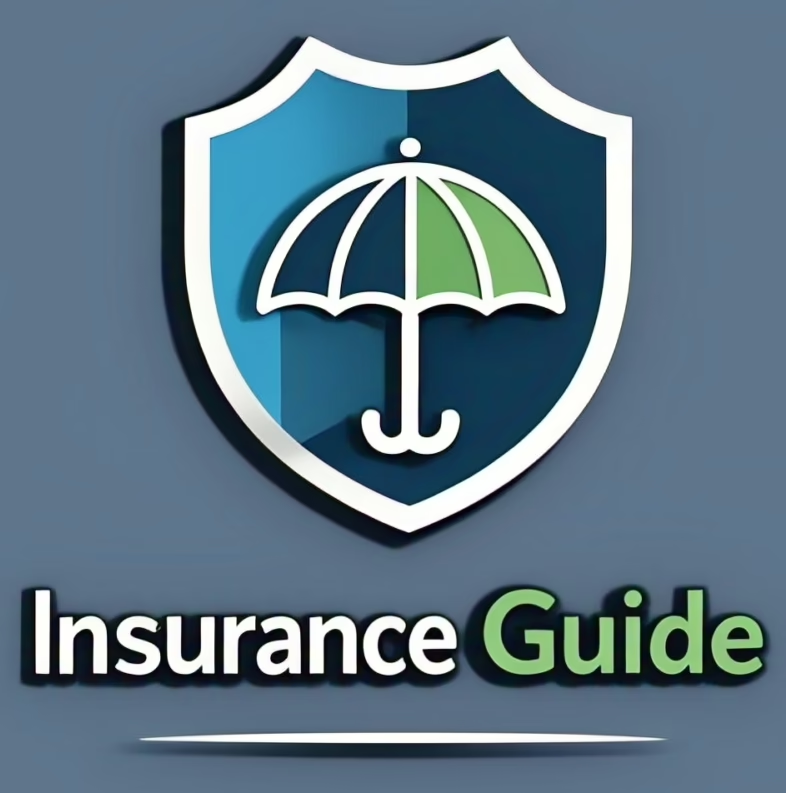Navigating Car Insurance for First-Time Buyers: Your Comprehensive Guide
Shopping for car insurance for the first time? You’re not alone in feeling the pressure—steep quotes, unfamiliar jargon, and endless coverage options can make the process seem overwhelming. But with the right insights and strategies, securing an affordable, comprehensive policy becomes a breeze.
This article will provide a step-by-step guide to help you tackle car insurance with confidence, ensuring you’re equipped with the knowledge to find the right coverage at the best possible price. Whether you’re a young driver or simply new to the process, these tips will demystify the experience.
Assessing Your Coverage Needs
Understanding your coverage needs is crucial and should be your first step. Car insurance policies often consist of mandatory liability coverage alongside additional options that provide greater financial protection. While liability insurance is legally required in most states, you may want to consider supplementary options, depending on factors such as your age, location, vehicle type, and financial situation.
Types of Coverage to Consider
- Collision Insurance: This covers damage caused to your vehicle during collisions with other vehicles, objects, or structures.
- Comprehensive Insurance: Protects against damages unrelated to collisions, such as theft, vandalism, natural disasters, or falling objects.
- Uninsured Motorist Coverage: Shields against drivers who lack insurance or have insufficient coverage in case of accidents.
- Personal Injury Protection (PIP): Ensures medical expenses, funeral costs, and lost wages are covered after an accident, regardless of fault.
- Gap Insurance: Bridges the difference between the remaining loan balance and your car’s market value if totaled or stolen while you still owe money.
Selecting the right mix of coverage depends on your financial assets, the cost of your vehicle, and other factors. For instance, owning a high-value car or living in an area with a high accident rate may necessitate more comprehensive coverage.

Importance of Full Coverage
If your vehicle is financed or leased, lenders often require full coverage, combining collision and comprehensive insurance. This ensures both your investment and theirs are protected. Even if full coverage isn’t mandatory, it’s worth considering for the peace of mind it offers.
Choosing the Best Insurance Provider
Your insurance provider plays a significant role in your overall experience. When selecting one, balance affordability with reliability and customer service. A provider that combines competitive rates with excellent support and innovative features will make your life much easier.
Factors to Evaluate in an Insurance Company
- Customer Service: If you’re new to car insurance, prioritize companies with high ratings for accessibility and support.
- Premium Costs: Young and inexperienced drivers may face higher rates; finding affordable options can help.
- Digital Tools: Some companies offer seamless mobile apps and online tools for managing policies and claims.
- Coverage Add-Ons: Unique options like rideshare insurance or accident forgiveness could be valuable.
- Local Agents: If you value face-to-face interaction, look for insurers with accessible agents in your area.
Researching Carriers
Institutions like AM Best, J.D. Power, Standard & Poor’s, and NAIC evaluate insurers based on financial stability, customer satisfaction, and complaint rates. These ratings can provide insights into which companies are reliable and trustworthy. For example:
- AM Best specializes in assessing financial strength, ensuring insurers can pay claims.
- J.D. Power focuses on customer satisfaction and the claims process, highlighting insurers that offer smooth experiences.
- NAIC tracks complaint rates, revealing potential red flags.
Maximizing Discounts
Car insurance doesn’t have to break the bank, even for first-time buyers. Many insurers offer discounts that can significantly lower your premium. These savings can make a difference, especially for younger drivers or those with tight budgets.
Common Discounts to Explore
- Safe Driving Discounts: A clean driving record over several years can earn you significant savings.
- Good Student Discounts: High-achieving students can often qualify for reduced rates.
- Bundling Discounts: Combine car insurance with home or renter’s insurance to save.
- Vehicle Safety Discounts: Cars with advanced safety features like curtain airbags or anti-theft systems often qualify.
- Paperless Billing Discounts: Opt for digital invoices to unlock this easy-to-earn discount.
Additional Savings Strategies
Beyond discounts, insurers may offer reduced rates for paying your premium upfront or for enrolling in automatic billing. Consider discussing all available options with your insurer to maximize savings without sacrificing coverage.
Timing Your Purchase
When should you buy car insurance? This is a question many first-time buyers face. The short answer: before picking up your vehicle. Driving a car home without insurance is not only illegal but also exposes you to significant financial risk.
How to Time It Right
Once you’ve decided on a policy, ask the seller for the vehicle’s VIN. Provide this information to your chosen insurer to ensure coverage starts on the day you acquire the car. Online marketplaces and mobile apps simplify this process, allowing you to set up your policy with ease.
Comparing Quotes Effectively
Shopping around is vital. Comparing quotes from multiple insurers helps you identify the right balance between affordability and coverage. Aim for at least three quotes to ensure you’re making a well-informed decision.
Methods to Obtain Quotes
- Carrier Websites: Many insurers provide convenient online quote tools.
- Insurance Agents: Independent agents can help compare multiple providers.
- Insurance Brokers: Brokers assist in identifying the best coverage options for your needs.
- Online Marketplaces: Platforms like Bankrate simplify comparison shopping.
Remember, the quoted premium may differ from the final price, especially if your driving or claims history reveals unexpected issues.
Fine-Tuning Your Policy
Before finalizing your car insurance policy, review every detail to ensure it aligns with your needs. Double-check coverage types, limits, deductibles, and premiums. Clarify any concerns with your insurer to avoid surprises down the road.
Importance of Policy Customization
Many insurers offer endorsements—optional add-ons that tailor your policy to fit specific requirements. Whether it’s accident forgiveness or protection for rideshare drivers, these extras can enhance your coverage.
Conclusion: Empowered Driving
Becoming a first-time car insurance buyer doesn’t have to be intimidating. By assessing your coverage needs, researching providers, maximizing discounts, timing your purchase strategically, and comparing quotes effectively, you’ll be well-prepared to make the right choice.
Embrace the process as an opportunity to gain confidence and insight, setting the stage for safe and stress-free driving. Whether you’re buying your first car or upgrading to something new, understanding car insurance equips you with peace of mind for every mile ahead.





Hi, this is a comment.
To get started with moderating, editing, and deleting comments, please visit the Comments screen in the dashboard.
Commenter avatars come from Gravatar.